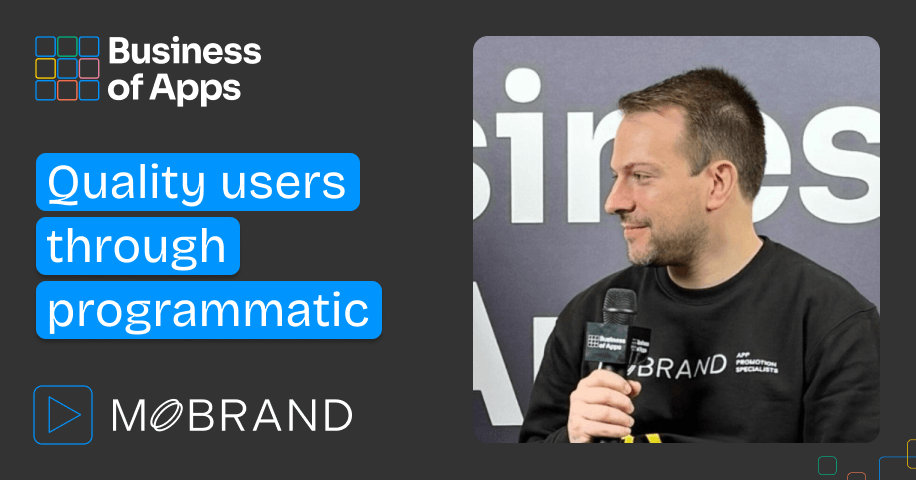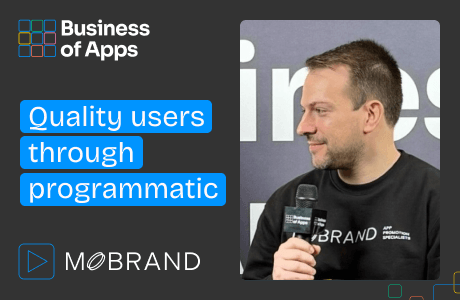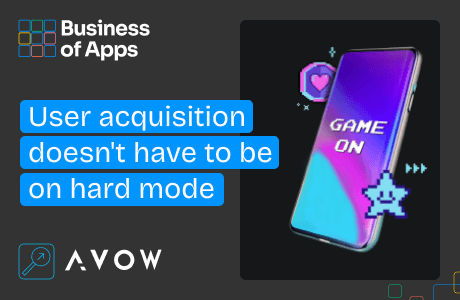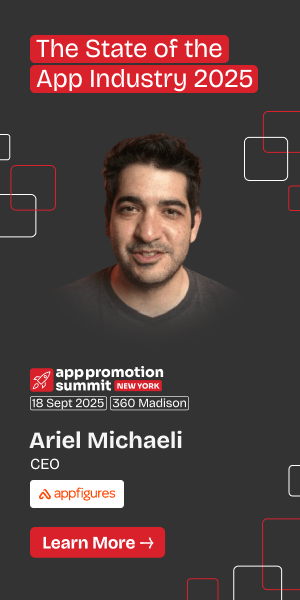Ten years ago, Rui Mateus was running an affiliate network. His team was buying traffic from publishers and sending it to agencies, but something was bothering him. “We didn’t have much control over that,” he recalls. “We eventually figured out that it is much more important to control your own traffic.”
That realization led to a three-year transition that transformed Mobrand from an affiliate middleman to a full-stack programmatic platform. Today, they’ve built their own bidder, written their own fraud detection, and created their own tech stack from the ground up.
In this episode of App Talk, Rui Mateus, Co-Founder and CTO of Mobrand, explains why he believes most marketing companies are approaching programmatic wrong, and what happens when you treat it as a technology problem instead of a media buying problem.
Building vs buying technology
“We consider that Mobrand is not necessarily a marketing company, it’s a tech company,” Mateus says. “We have a very big technological background. We built products. That’s where we came from.”
This tech-first approach means Mobrand controls the entire user journey from RTB bidding to app installation. When fraudulent traffic appears, they can spot it within hours through behavior analysis. When advertisers want transparency, they can show exactly what happened to every dollar spent.
The contrast with traditional agencies is stark. While most patch together third-party tools and hope vendor relationships hold, Mobrand owns their entire pipeline.
Quality users through programmatic: Mobrand’s journey
Source: App Promotion Summit
The great affiliate escape
Ten years ago, Mateus was running a traditional affiliate network. He was buying traffic from publishers, sending it to agencies, and hoping for the best before embarking on a three-year transformation that turned Mobrand from a middleman to an infrastructure provider.
Instead of paying agency markups, they negotiate directly with premium SSPs. Instead of generic audience targeting, they build vertical-specific models for gaming, fintech, and subscription apps. Instead of post-mortem fraud reports, they blacklist bad sources in real-time.
The companies still playing the old affiliate game are essentially paying someone else to control their most critical business function. Mateus chose to own it instead.
Performance marketing that actually performs
Mobrand works on a performance basis with advertisers. Clients only pay when users complete specific actions inside their apps, not for impressions or clicks or even installs.
When you’re only paid for quality users, every optimization becomes about actual user behavior rather than vanity metrics.
The premium inventory myth
The dirty secret of programmatic advertising is that “premium” inventory often performs worse than standard placements with better targeting. Expensive inventory delivers average users while cheaper sources with superior technology deliver quality audiences.
Mobrand’s approach flips the equation. Instead of paying more for supposedly better placements, they use better technology to make any placement perform at premium levels. Their audience modeling, built from three years of vertical-specific data, often outperforms expensive “premium” inventory.
This reveals something fundamental about the future of programmatic. Technology beats placement. Companies that can analyze, target, and optimize faster will win regardless of inventory costs.
What happens next
Mateus’s story illustrates a broader shift in programmatic advertising. The companies that will succeed are those treating programmatic as a technology problem rather than just a media buying problem.
Building your own technology takes more effort upfront, but it provides control that vendor relationships can’t match. When you own your tech stack, you can optimize faster, detect fraud earlier, and provide transparency that black-box solutions can’t offer.
For app marketers, this means looking for partners who can show you exactly what they’re doing with your budget, not just promise good results.
Recorded at App Promotion Summit London 2025, this interview is part of our ongoing App Talk series, where we dive deep into the strategies behind today’s most successful apps. Explore all our App Talk interviews here.










